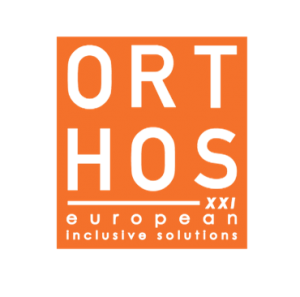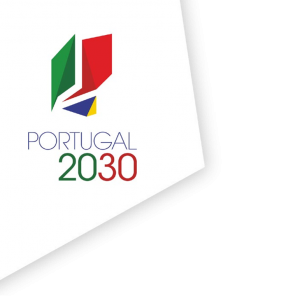SAFEWALK – Robotic Pyramid Combining Bio-Inspired Controllers, AI And Data For Real-Time Fall Prevention
Our Motivation
Older adults and individuals with gait impairments face daily mobility restrictions and a heightened risk of falls, which significantly impact autonomy and quality of life while increasing public health costs. Existing technologies tend to focus on post-fall solutions, largely neglecting prevention. There is a critical gap in early fall-risk detection and postural control strategies due to their complexity.
SAFEWALK proposes the co-development of an intelligent, user-centered robotic assistive device embedded in a walking-aid robot (“Robotic Pyramid”). This device aims to prevent falls and reach TRL6. Building on ongoing work, the project integrates:
- i) data collection from gait and induced falls involving long-term care institutions,
ii) biomechanical and physiological data analysis,
iii) biologically inspired AI algorithms to monitor gait and estimate physical effort, and
iv) context-aware gait correction strategies (proactive alerts, assistance, and active recovery).
SAFEWALK will be validated in lab and real-world settings, assessing usability, safety, effectiveness, and both clinical and engineering performance metrics. A multidisciplinary team ensures delivery of a novel solution that promotes active aging, reduces fall risk, and contributes to socioeconomic and industrial innovation.
Proposed Solution
SAFEWALK aims to co-develop an innovative robotic assistive device — the “Robotic Pyramid” — designed to actively prevent falls, monitor gait in real time, and assist with balance recovery. This user-centered solution integrates AI-driven analysis, biomechanical sensing, and context-aware control mechanisms to detect early signs of instability, estimate physical effort, and apply appropriate assistance strategies. The system will be developed to reach TRL6, validated in both lab and real-world environments (e.g., elderly care institutions).
System Features and Innovations
- Real-time Gait Monitoring
Continuous tracking of gait and posture using multimodal sensors and wearable technologies. - Biologically-Inspired AI Algorithms
Advanced machine learning models for fall risk prediction, fatigue estimation, and anomaly detection. - Context-Aware Fall Prevention
Active and proactive assistance strategies using biomechanical feedback, including alert systems, corrective guidance, and active balance recovery. - Multimodal Dataset Creation
Development of GDPR-compliant and F.A.I.R. public datasets from real and synthetic data, including induced-fall experiments. - Sustainable and Inclusive Design
Eco-friendly materials, ergonomic form, and intuitive interfaces co-designed with seniors and healthcare professionals.
Application Scenarios
- Elderly Care Institutions
Fall prevention and gait support for residents in nursing homes and day care centers. - Clinical Gait Rehabilitation
Post-surgical or neurological rehabilitation involving real-time gait analysis and feedback. - Home Use by Older Adults
Assistive daily living tool to promote independence and reduce fall-related hospitalizations. - Support for Healthcare Professionals
Data-driven insights to aid clinicians and caregivers in monitoring and intervention planning.
Our Team
Cristina Santos – Head of BiRD Lab, Lecturer and Researcher, UMinho
José Afonso – Lecturer and Researcher, Department of Informatics, UMinho
Eurico Seabra – Lecturer and Researcher, Department of Mechanical Engineering, UMinho
António Abelha – Lecturer and Researcher, Department of Informatics, UMinho
Lino Costa – Lecturer and Researcher, Department of Production and Systems, UMinho
Nuno Ferrete Ribeiro – Postdoctoral Researcher
Our Partners
WIP – Specialist in integrated hardware and software development
Orthos XXI – Leading provider of assistive mobility devices and orthopedic equipment
Funding and Support
This project is funded by P2030 — AVISO MPr-2023-7, under project number 17317.
It is supported by national and European strategic frameworks focused on:
- Digital transition in healthcare
- Active and healthy aging
- Technological innovation and industrial sustainability



